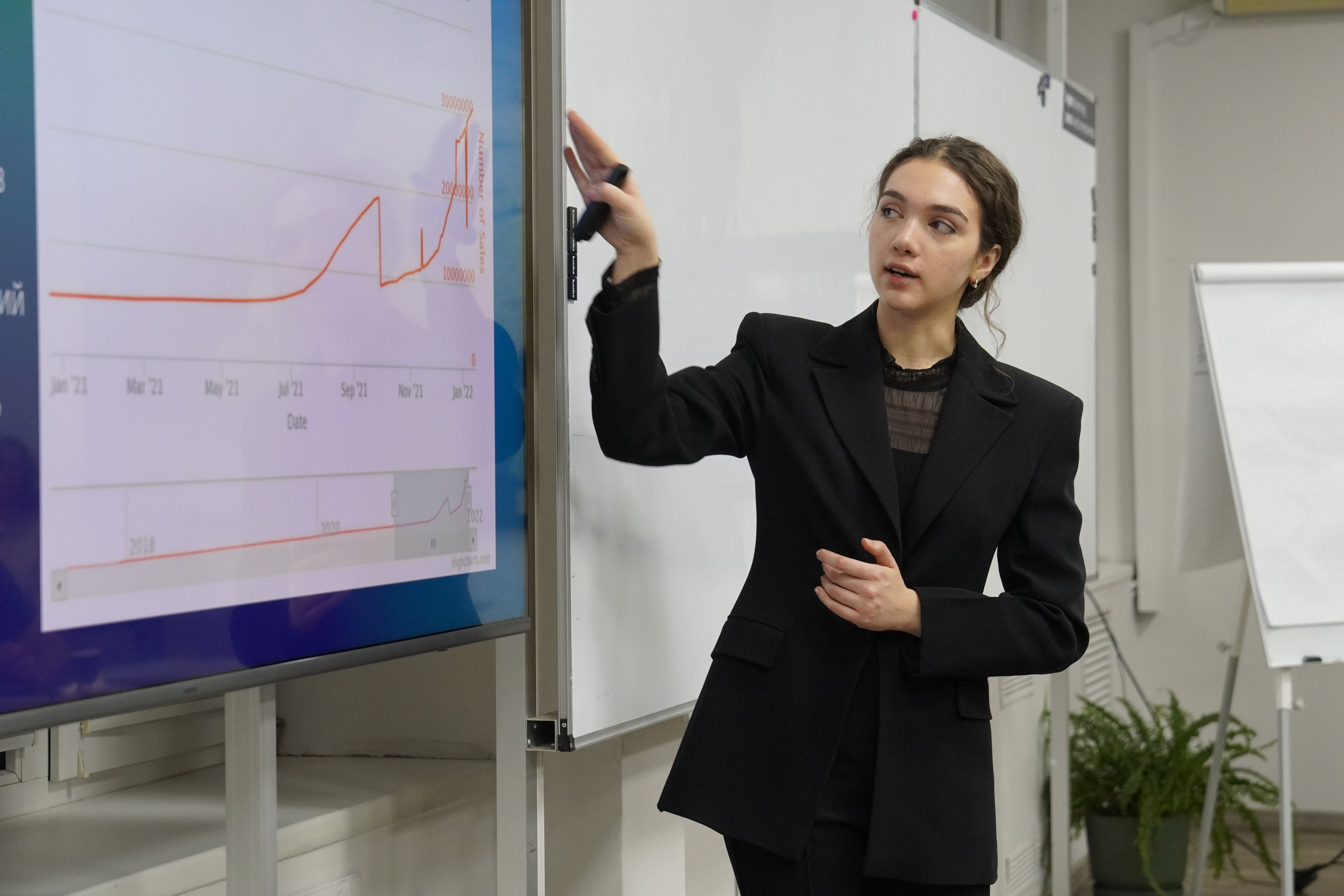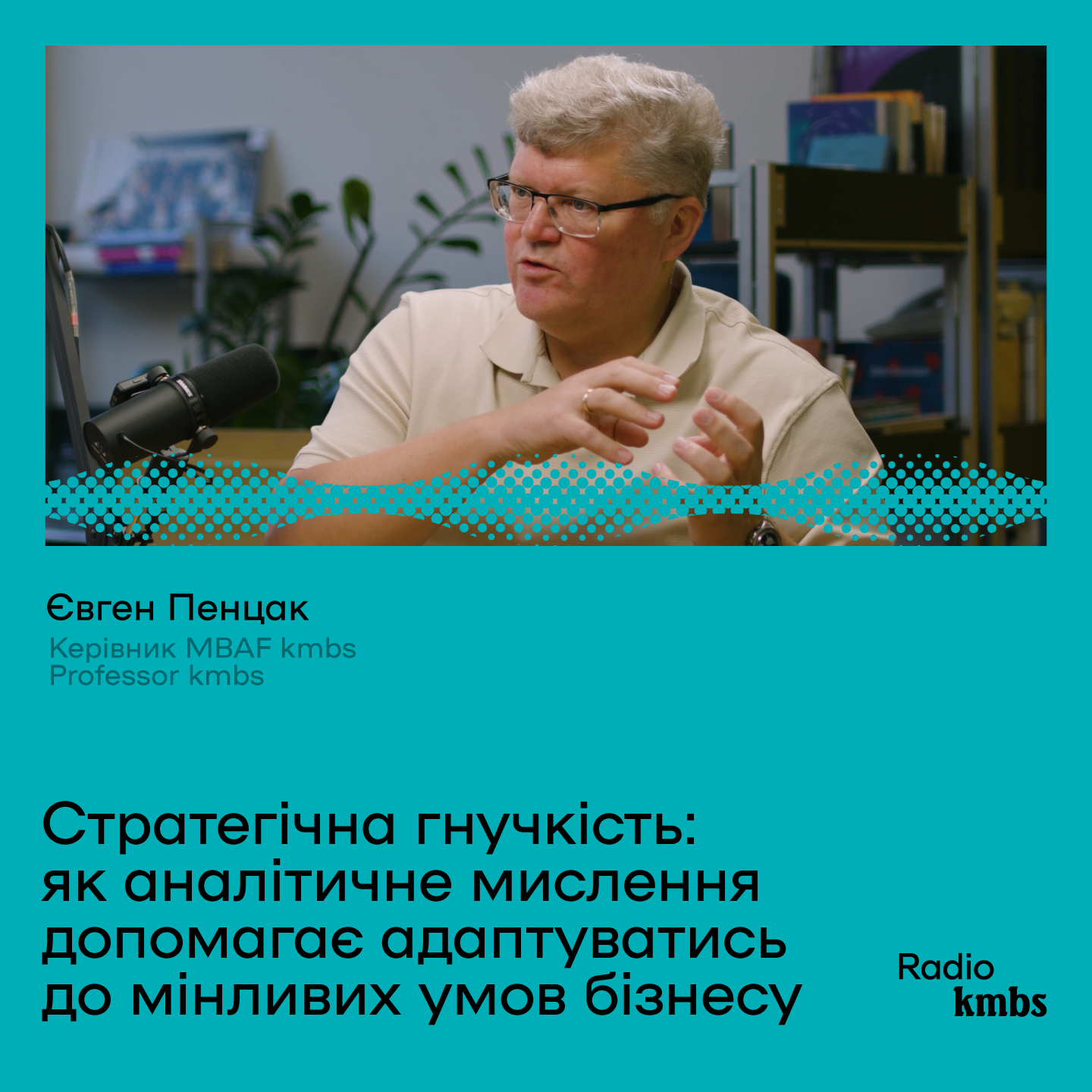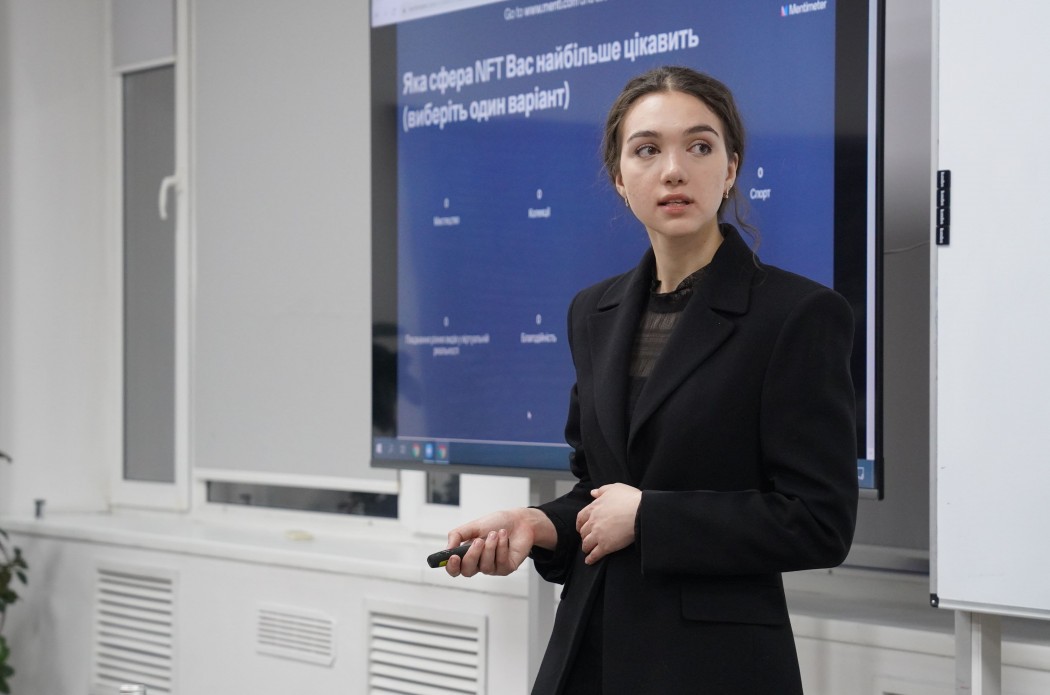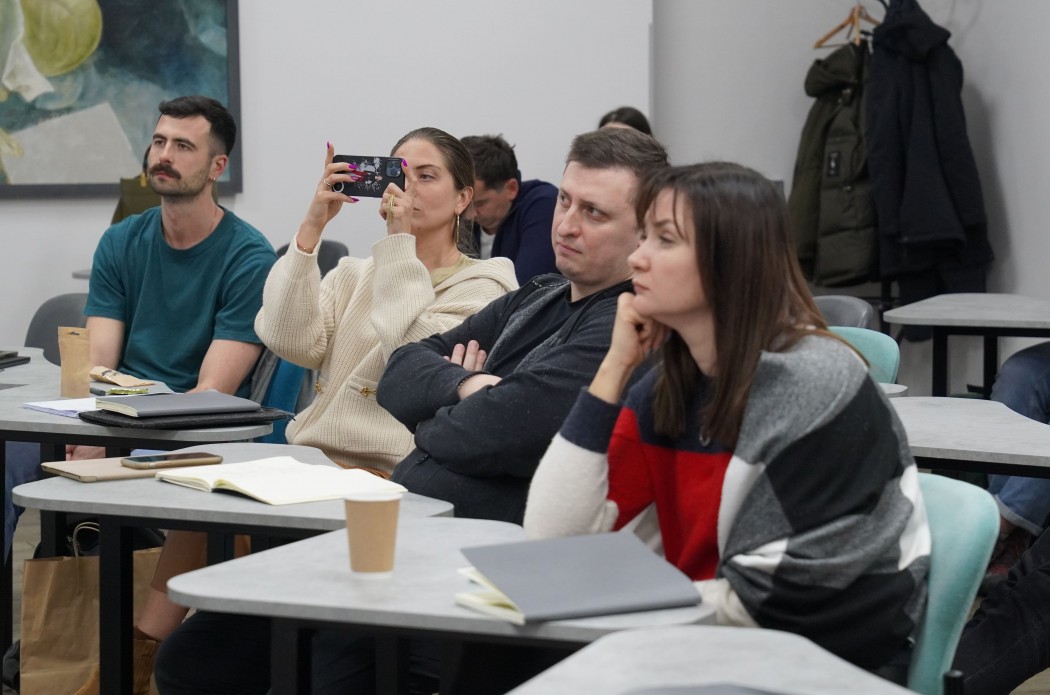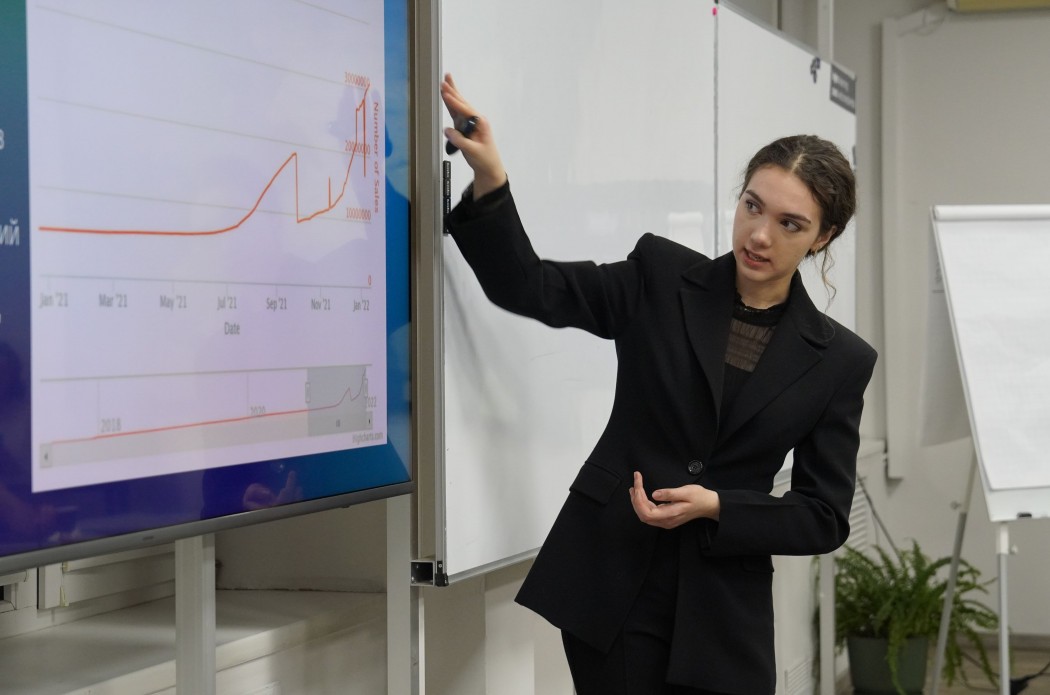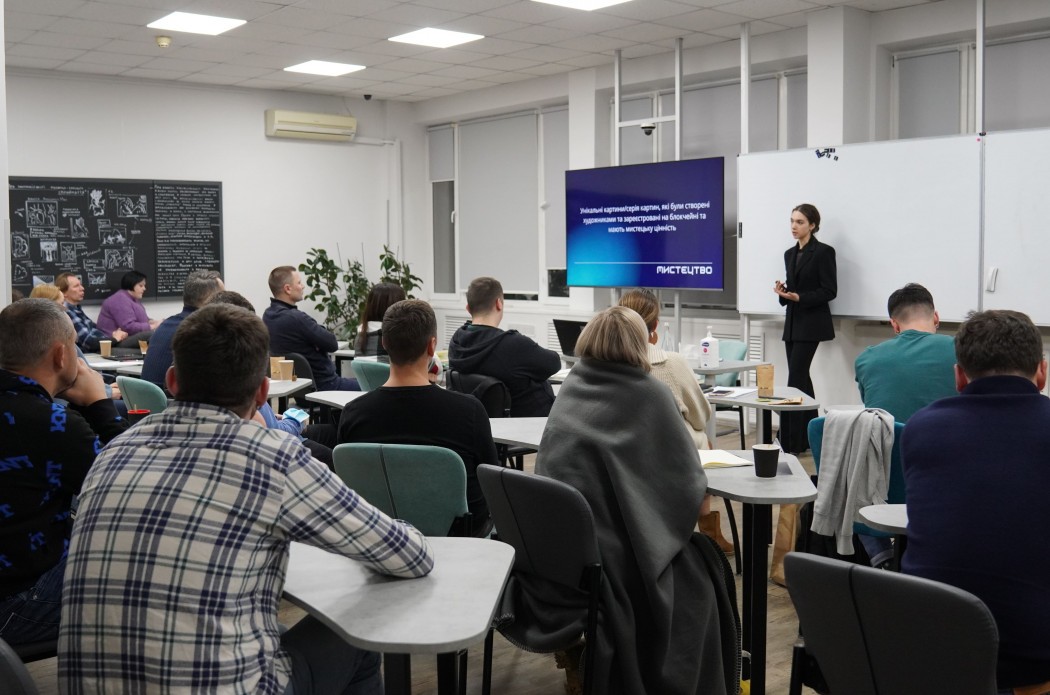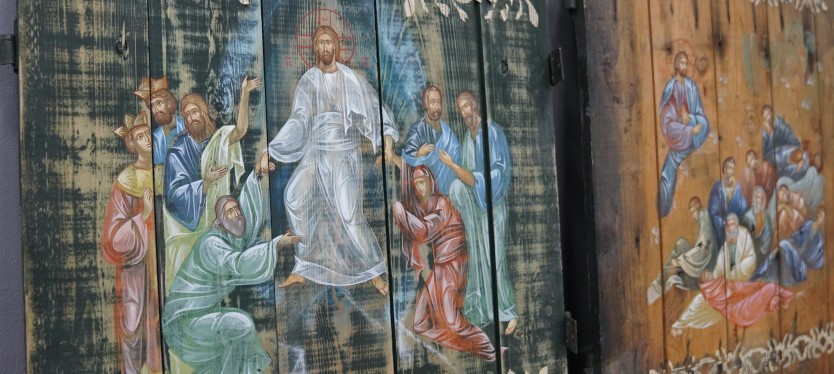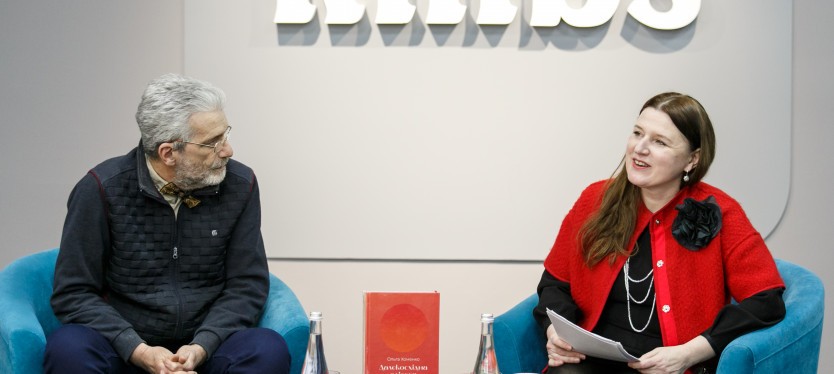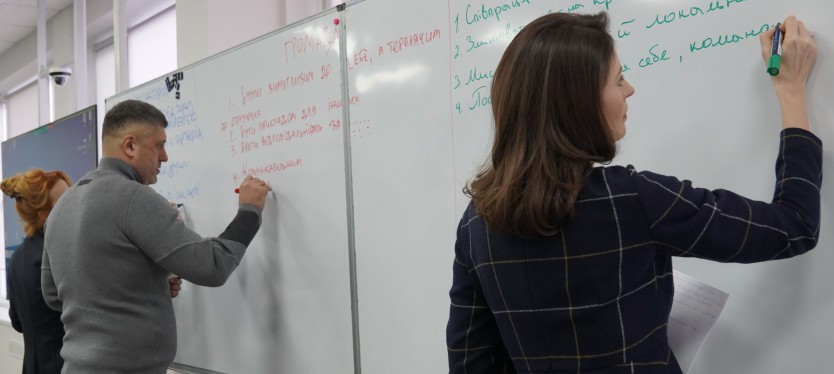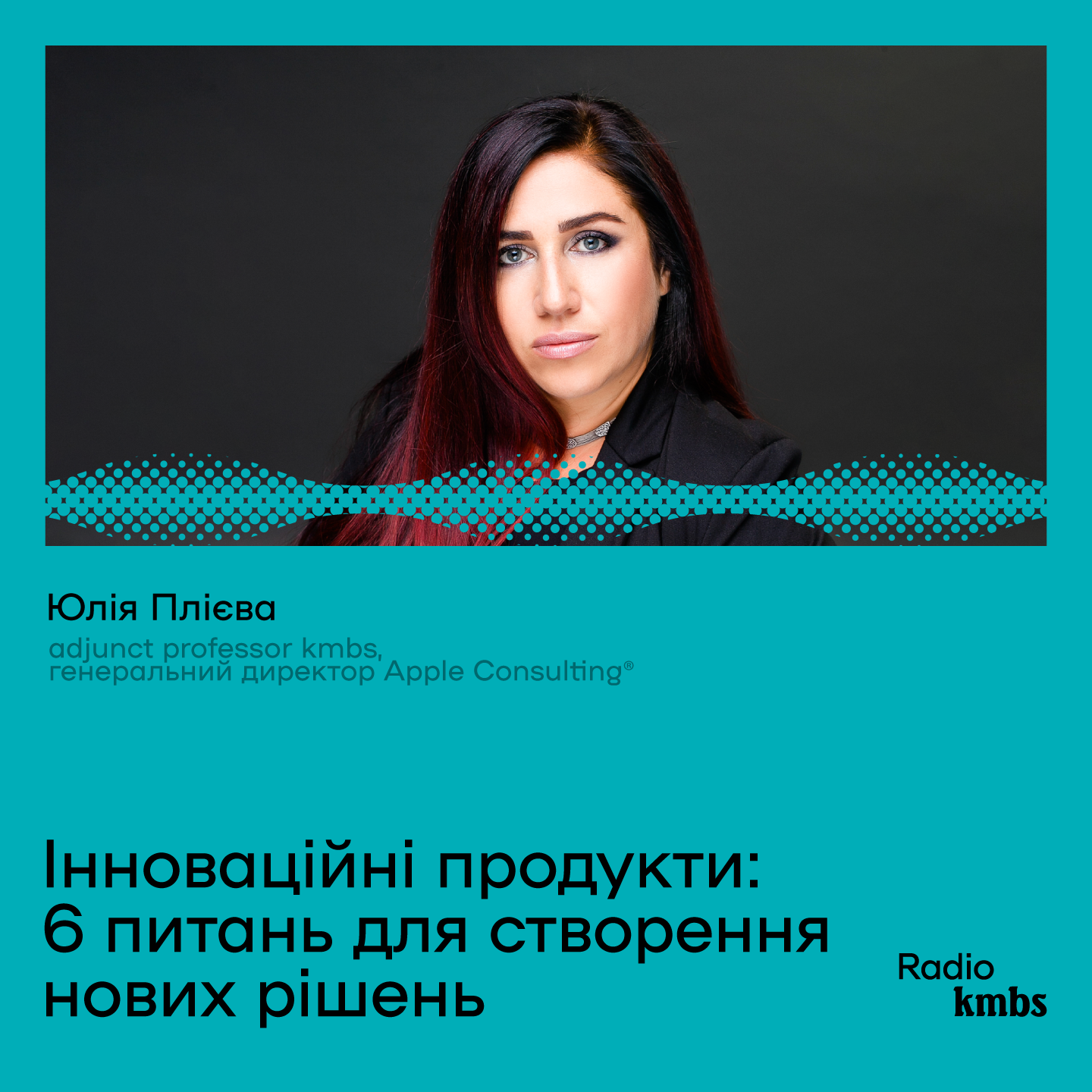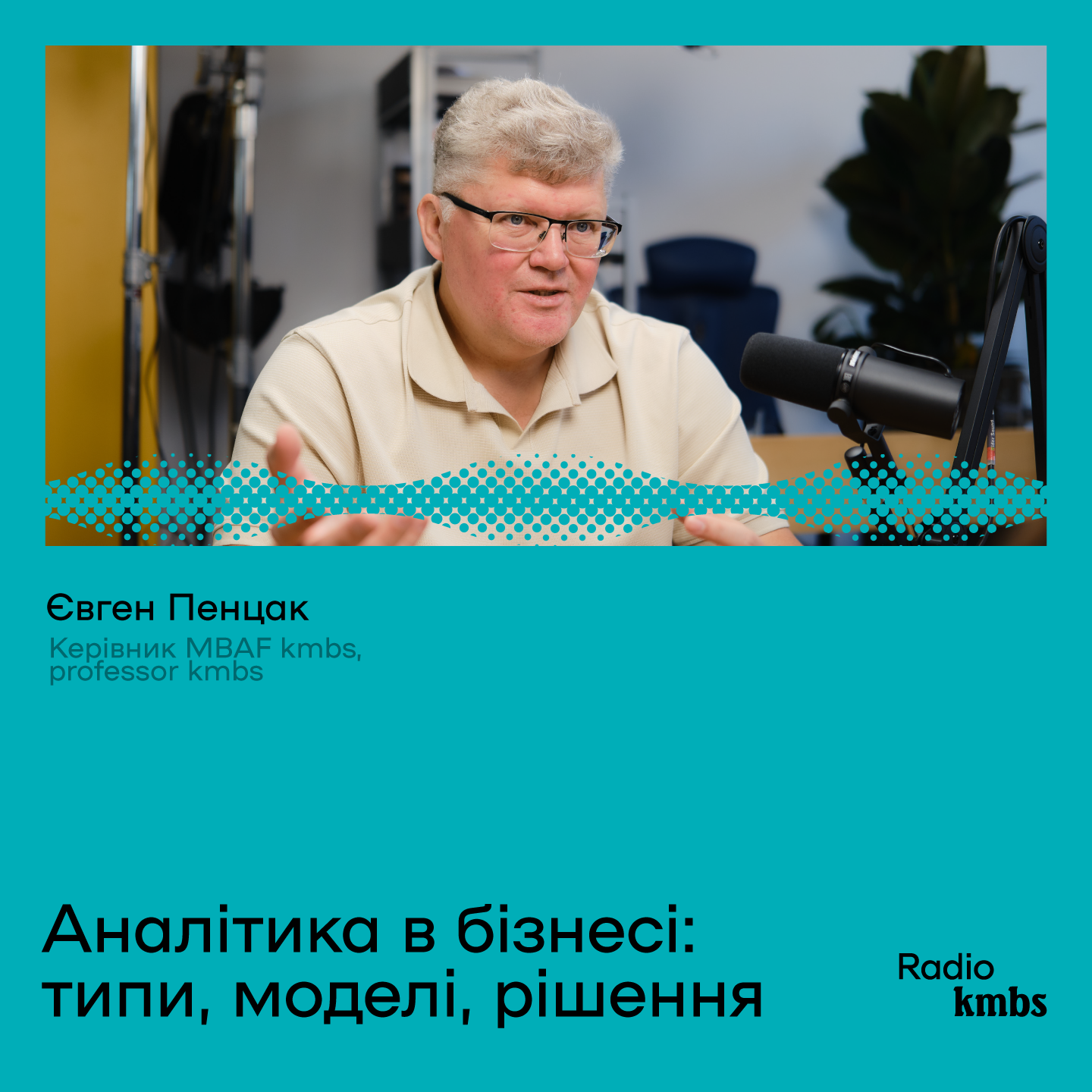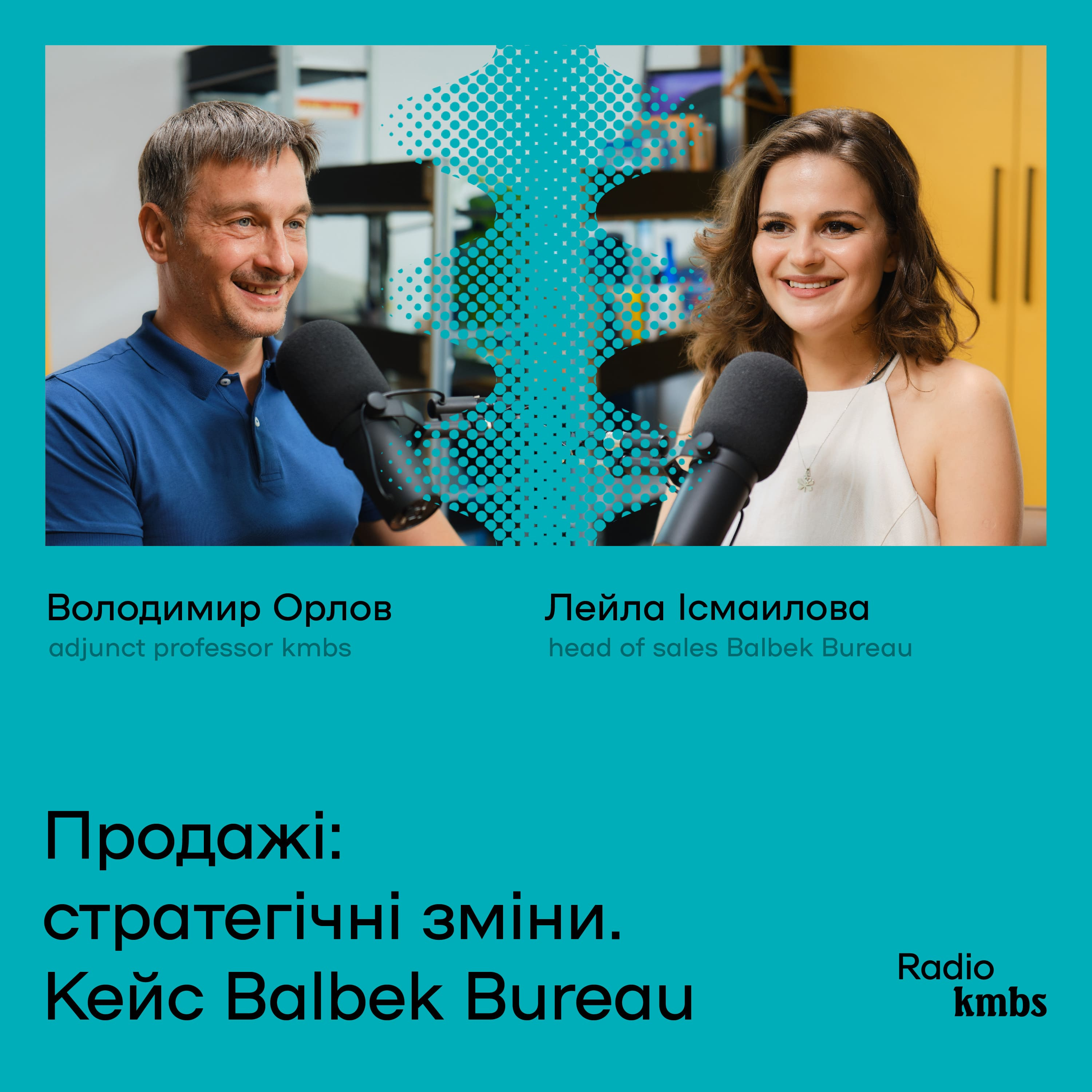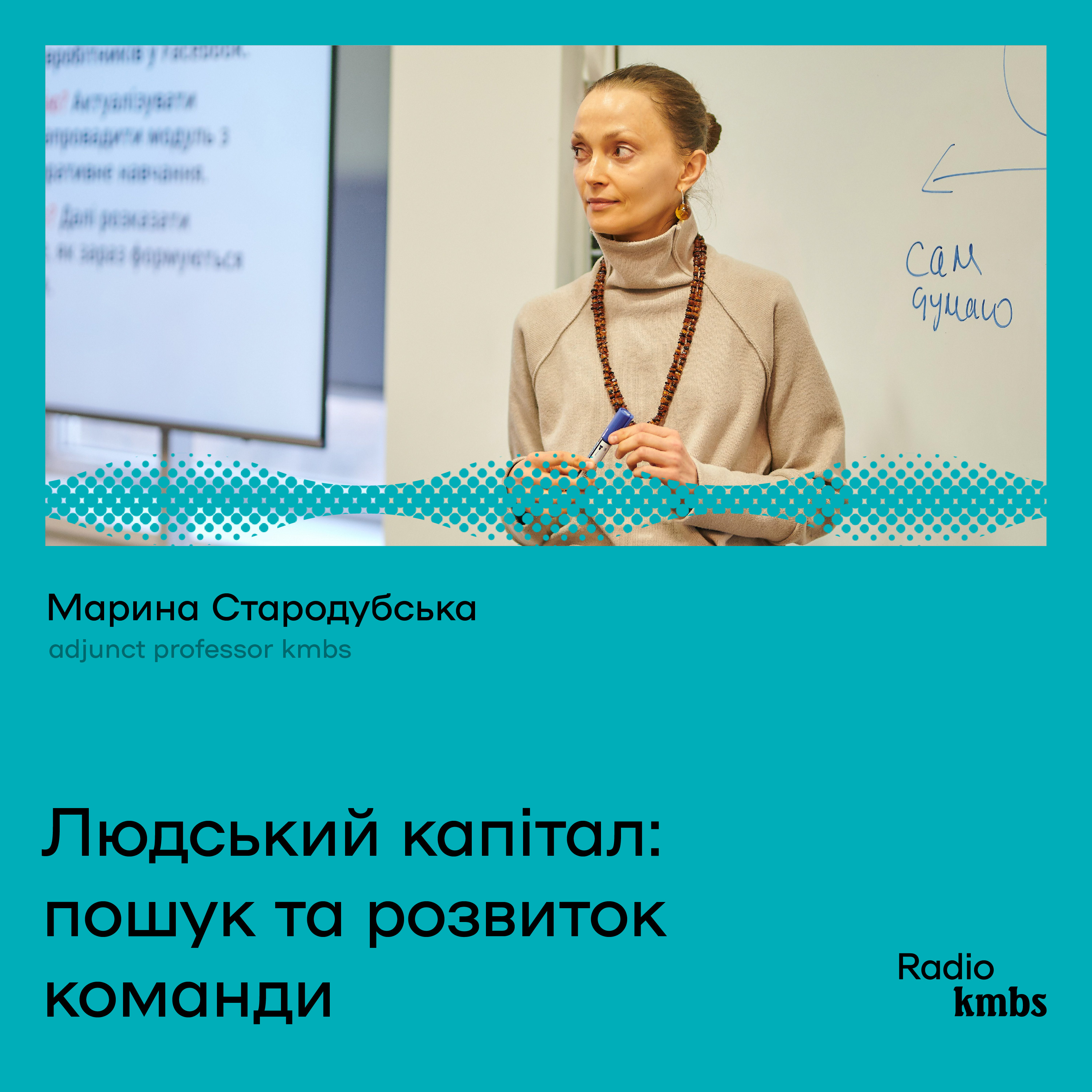In the beginning, there was bitcoin. Burned bitcoins were used to make colored coins.
2013-2015: Colored coins became popular and entered the game system. The first NFT was created in 2014, Quantum, and it was sold during the presentation for $ 4. In October 2015, the first NFT project was launched — Etheria. The name NFT appeared closer to 2017, somewhere with the launch of CryptoPunks — one of the most famous NFT collections on Etheria.
In 2017, NFT, as we know it today, was launched. NFT is a fixed unit of data in a blockchain. Each team is unique, has excellent value, each is irreplaceable. NFT has a visual and audio form, but they do not buy the image or melody itself but an intelligent contract to confirm ownership of the property on a token stored on the blockchain.
2019-2020 saw the rapid development of NFT platforms, well-known media talked about new markets, recorded logarithmic growth, and increased sales — during the pandemic, people spent more time in the meta-universe and became more interested in NFT. The case of the online game CryptoKitties, which was monetized through NFT and became wildly popular, also played a role in attracting attention to tokens. During 2020, the NFT market increased to $ 250 million.
In the winter of 2021, more than $ 200 million was spent on NFT, with several high-profile sales. Immediately after that came the market downturn, cooling, provoked by rising prices Etheria. The market revived after the news of the purchase of Nike NFT-farm, and most importantly — after the announcement of Mark Zuckerberg on the introduction of NFT in the holding Meta.
By the beginning of 2022, $ 3 million had already been spent on NFT, which is expected to double by the end of January: Walmart and Disney have announced the creation of their meta-universes.
Such a digression into the history of the NFT (capture what a short story) begins any expert talk about tokens. Stunning news from the NFT market comes almost every day — the game rules are just being established. Therefore, the examination is formed here and now.
MBAF kmbs participants listened to a presentation by Art and Culture Manager Olesya Poluyko on the prospects of using and investing in NFT in the Cryptocurrency course. Even though we often see either profile or collectible NFT, tokens are more diverse. Olesya Poluyko proposed, for example, the author's classification of NFT: Art, Collections, Games, Sports, Other (here: charity projects, token-passes, a combination of different types in one like GMoney).
Ms. Olesya started the conversation with a short survey: does anyone in the audience have experience in using NFT (no participant), are they willing to invest in NFT (everyone chose "interested but not ready"), which areas seem attractive? The option received about the same number of votes - virtual reality, art, games, etc.). The blitz poll outlined the central thesis about NFT: it is exciting and unclear, it needs a risk assessment, and we need time to get into the rhythm of a high-speed young market. NFT is an attractive area of investment today, except for the obvious that tokens can be resold and rented. And why else? — This was discussed in Olesya Poluyko's presentation in particular.
Sounds simple. Create a picture — choose a blockchain system — choose an NFT sales platform — create a crypto wallet — pay minting fees and the minting process on the forum. Standardization is provided by three smart contracts: ERC-20, ERC-721, ERC-1155. That's all you entered the game. And now there are a lot of issues, starting with the colossal risks posed by hackers and legal vulnerability because NFT is not covered by copyright.
Modern business must have something unique and the ability to scale the unique. Given that anyone can create an NFT, each unit's hype does not guarantee value. This means that losses may accumulate if interest in NFT suddenly subsides (as it did in the early summer of 2021).
In the meantime, history is unfolding before our eyes.
Christie's launched its first NFT auction, with artist Beeple exhibiting a collage of kids he makes every day for a year. The auction skyrocketed to $ 1 million in a few minutes, and the property was sold for $ 69 million.

